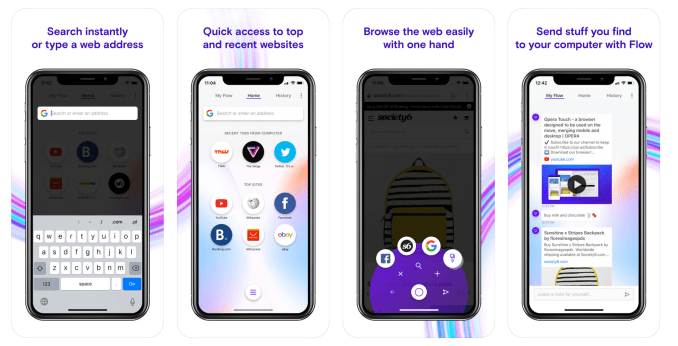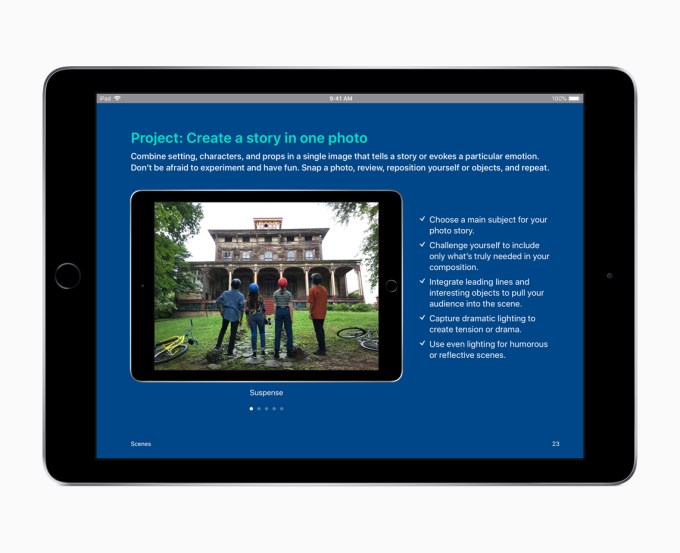If a twinkle in the eye of a venture capitalist could predict the longevity of a startup, Vital Labs is going all the way.
During a quick demo of the Burlingame, Calif.-based startup’s app, called Vitality, True Ventures partner Adam D’Augelli’s enthusiasm was potent. The company, which emerges from stealth today, is pioneering a new era of personalized cardiovascular healthcare, he said.
Vitality can read changes in a person’s blood pressure using an iPhone’s camera and graphics processing power. The goal is to replace blood pressure cuffs to become the most accurate method of measuring changes in blood pressure and eventually other changes in the cardiovascular system.
The app is still in beta testing and is expected to complete an official commercial rollout in 2019.
Here’s how it works: The technology relies on a technique called photoplethysmography. By turning on the light from a phone’s flash and placing a person’s index finger over the camera on the back of the phone, the light illuminates the blood vessels in the fingertip and the camera captures changes in intensity as blood flows through the vessels with each heartbeat. This technique results in a time-varying signal called the blood-pulse waveform (BPW). The app captures a 1080p video at 120 frames per second and processes that data in real time using the iPhone’s graphics processing unit to provide a high-resolution version of a person’s BPW.
The startup was founded by Tuhin Sinha, Ph.D., the former technical director for the University of California, San Francisco’s Health eHeart Study. He’s been working on the app for several years.
“Part of the reason this project strikes a chord with me is because if I look at the stats of my own family, I probably only have 20 years left,” Sinha told TechCrunch. “Most people on my dad’s side of the family have passed away before 60 from cardiovascular disease.”
Prior to joining UCSF, Sinha was an instructor at Vanderbilt University and the director of the Center for Image Analysis, where he directed and developed medical image analysis algorithms.
He linked up with True Ventures in June 2015, raising a total of $1 million from the early-stage venture capital firm.
“[Sinha] saw an opportunity to improve a stagnant practice and invented a new approach that takes full advantage of today’s technologies,” True’s D’Augelli said in a statement.
Three years after that initial funding, Sinha says Vital Labs is looking to raise another round of capital with plans to create additional digital tools to advance cardiovascular health.
from iPhone – TechCrunch https://ift.tt/2O0THy8
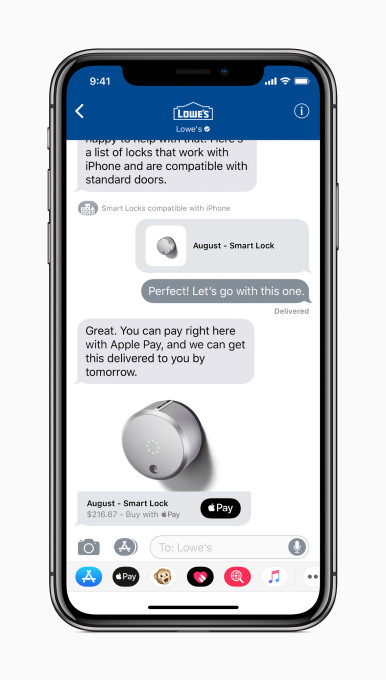
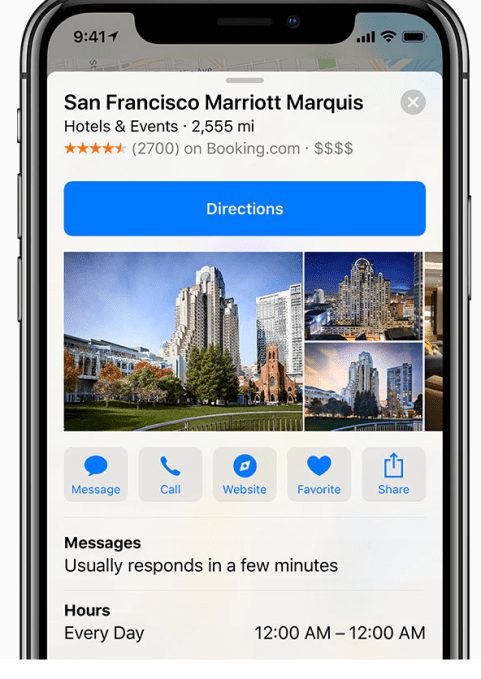
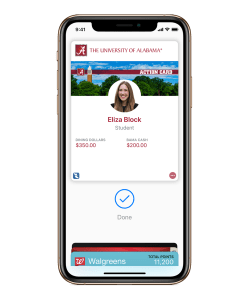 Apple had actually
Apple had actually 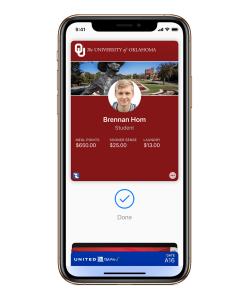 Adding in university student cards falls within that scope, Apple says.
Adding in university student cards falls within that scope, Apple says.